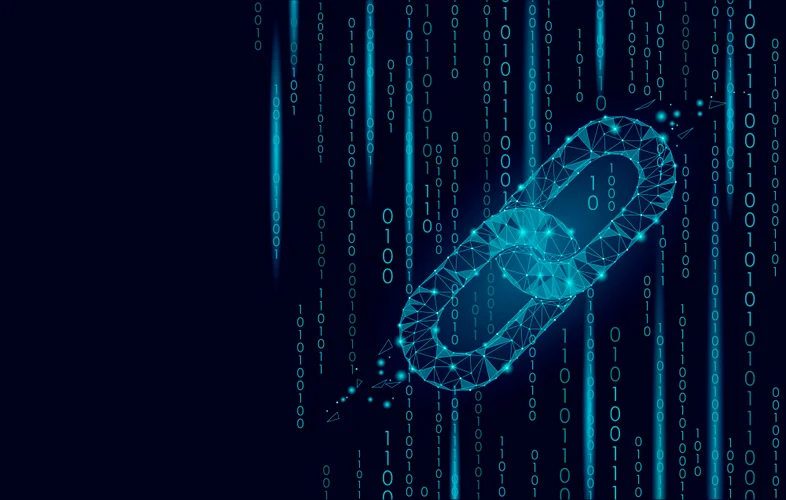
This means that rnn applications if the gradients are small they may shrink exponentially and if they’re large they will develop exponentially. These problems are referred to as the “vanishing” and “exploding” gradients respectively. Gated recurrent units (GRUs) are a form of recurrent neural network unit that can be used to model sequential data. While LSTM networks may also be used to model sequential knowledge, they’re weaker than normal feed-forward networks. A recurrent neural community (RNN) is a deep studying construction that uses previous information to enhance the efficiency of the network on present and future inputs. What makes an RNN distinctive is that the community accommodates a hidden state and loops.
RNNs may be skilled in an end-to-end method, studying instantly from raw information to last output without the necessity for guide feature extraction or intermediate steps. This end-to-end learning functionality simplifies the mannequin training course of and permits RNNs to mechanically blockchain development discover complicated patterns within the information. This leads to extra robust and effective models, particularly in domains the place the related features aren’t identified upfront.
We can then perform a parameter update, which nudges every weight a tiny amount in this gradient path. We then repeat this process over and over many times till the community converges and its predictions are ultimately in preserving with the coaching information in that appropriate characters are at all times predicted subsequent. In the realm of recurrent neural networks (RNNs), the selection of loss function plays a pivotal function in model efficiency. This part delves into the varied loss capabilities generally employed in RNN architectures, highlighting their functions and effectiveness. They are used for text processing, speech recognition, and time series evaluation.


FNNs course of information in a single cross per input, making them appropriate for problems where the enter is a fixed-size vector, and the output is another fixed-size vector that doesn’t rely upon previous inputs. Recurrent Neural Networks (RNNs) and Feedforward Neural Networks (FNNs) are two basic forms of neural networks that differ mainly in how they process data. The capability to make use of contextual information permits RNNs to perform duties the place the meaning of a knowledge point is deeply intertwined with its surroundings within the sequence. For instance, in sentiment analysis, the sentiment conveyed by a word can depend upon the context supplied by surrounding words, and RNNs can incorporate this context into their predictions. This ability permits them to understand context and order, crucial for purposes where the sequence of information points significantly influences the output. For occasion, in language processing, the meaning of a word can depend heavily on preceding words, and RNNs can seize this dependency effectively.
The health operate evaluates the stopping criterion as it receives the mean-squared error reciprocal from every community during coaching. Therefore, the aim of the genetic algorithm is to maximise the fitness function, lowering the mean-squared error. The concept of encoder-decoder sequence transduction had been developed within the early 2010s. They turned cutting-edge in machine translation, and was instrumental in the development of consideration mechanism and Transformer. Because of its less complicated structure, GRUs are computationally more efficient and require fewer parameters in comparison with LSTMs. This makes them faster to coach and sometimes extra suitable for sure real-time or resource-constrained purposes.

The community is then rolled back up, and weights are recalculated and adjusted to account for the faults. Bi-RNNs enhance the usual RNN architecture by processing the data in both ahead and backward instructions. This approach permits the community to have future context in addition to previous, offering a more complete understanding of the input sequence.
While coaching an RNN, your slope can turn into either too small or too giant; this makes the coaching tough. One is that the sigmoid perform, and in addition the other is that the tanh operate. Within the sigmoid perform, it decides which values to let through (0 or 1). Tanh perform offers weightage to the values that are handed, deciding their degree of importance (-1 to 1). In the sigmoid operate, it decides which values to let by way of (0 or 1). Tanh perform offers weightage to the values which are handed, deciding their degree of significance (-1 to 1).
LSTMs are designed to address the vanishing gradient problem in commonplace RNNs, which makes it hard for them to be taught long-range dependencies in knowledge. You can feed the value of the inventory for each day into the RNN, which can create a hidden state for each day. Once you’ve added a set of data, you can ask the mannequin to predict the stock’s price on the following day, based on the final hidden state. $n$-gram mannequin This mannequin is a naive approach aiming at quantifying the probability that an expression seems in a corpus by counting its variety of look in the training data.
Each input corresponds to a time step in a sequence, like a word in a sentence or a time point in a time series. This looping mechanism enables RNNs to recollect previous data and use it to affect the processing of present inputs. This is like having a reminiscence that captures details about what has been calculated so far, making RNNs particularly suited for duties the place the context or the sequence is essential for making predictions or choices.
Due to the numerous time steps, the gradients—which indicate how each model parameter ought to be adjusted—can degrade and turn out to be ineffective. RNNs are designed to deal with enter sequences of variable size, which makes them well-suited for duties such as speech recognition, pure language processing, and time sequence analysis. Long Short-Term Memory (LSTM) and Gated Recurrent Unit (GRU) fashions are RNN variations that mitigate the vanishing gradient problem. They incorporate gating mechanisms that allow them to retain data from previous time steps, enabling the training of long-term dependencies. Traditional RNNs struggle with the vanishing gradient drawback, which makes it difficult for the community to identify long-term dependencies in sequential knowledge. However, this problem is elegantly addressed by LSTM, as it incorporates specialized reminiscence cells and gating mechanisms that protect and management the move of gradients over extended sequences.
In this article, we have applied a easy RNN from scratch using PyTorch. We covered the fundamentals of RNNs, built an RNN class, educated it on a sine wave prediction task, and evaluated its efficiency. This implementation serves as a basis for more complicated RNN architectures and duties. As detailed above, vanilla RNNs have hassle with coaching as a outcome of output for a given input both decaying or exploding as it cycles by way of the suggestions loops.
The coaching course of contains 50 epochs, and the loss decreases over iterations, indicating the educational process. Real-world time collection data can have irregular frequencies and lacking timestamps, disrupting the mannequin’s capacity to be taught patterns. You can apply resampling techniques (e.g., interpolation, aggregation) to transform information to a regular frequency. For lacking timestamps, apply imputation strategies like ahead and backward filling or more superior strategies like time series imputation models.
Once we now have obtained the proper weights, predicting the next word within the sentence “Napoleon was the Emperor of…” is type of easy. Plugging each word at a unique time step of the RNN would produce h_1, h_2, h_3, h_4. If our coaching was profitable, we ought to always anticipate that the index of the most important number in y_5 is similar as the index of the word “France” in our vocabulary. Vanishing/exploding gradient The vanishing and exploding gradient phenomena are sometimes encountered within the context of RNNs. The purpose why they happen is that it’s troublesome to capture long term dependencies due to multiplicative gradient that could be exponentially decreasing/increasing with respect to the variety of layers.
Transform Your Business With AI Software Development Solutions https://www.globalcloudteam.com/ — be successful, be the first!